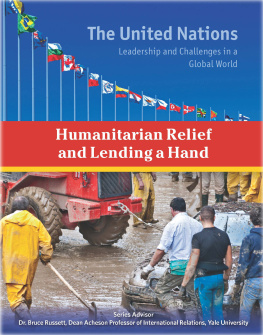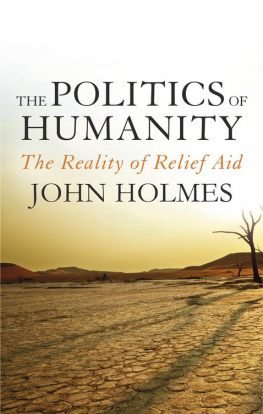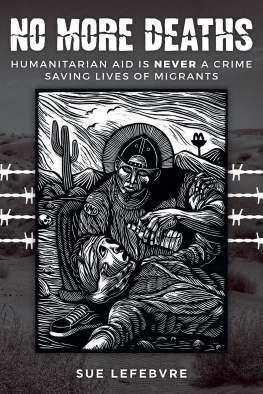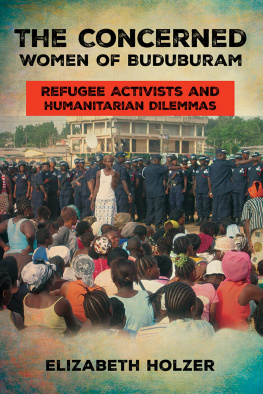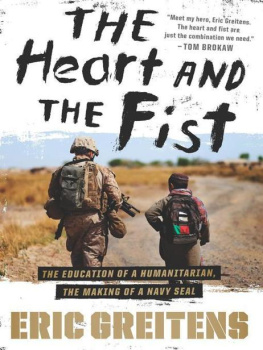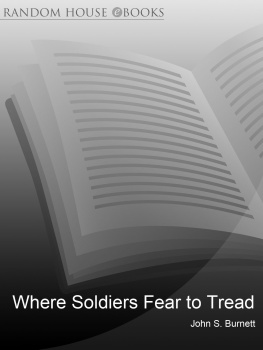
The United Nations:
Leadership and Challenges in a Global World
TITLE LIST
The Birth of the UN, Decolonization, and Building Strong Nations
The History, Structure, and Reach of the UN
The UN Security Council and the Center of Power
Humanitarian Relief and Lending a Hand
International Security and Keeping the Peace
International Law and Playing by the Rules
Antiterrorism Policy and Fighting Fear
Cultural Globalization and Celebrating Diversity
Economic Globalization and Sustainable Development
Human Rights and Protecting Individuals

 | Mason Crest 450 Parkway Drive, Suite D Broomall, PA 19008 www.masoncrest.com |
Copyright @ 2016 by Mason Crest, an imprint of National Highlights, Inc.
All rights reserved. No part of this publication may be reproduced or transmitted in any form or by any means, electronic or mechanical, including photocopying, recording, taping, or any information storage and retrieval system, without permission from the publisher.
Printed and bound in the United States of America.
First printing
9 8 7 6 5 4 3 2 1
Series ISBN: 978-1-4222-3427-3
ISBN: 978-1-4222-3432-7
ebook ISBN: 978-1-4222-8546-6
Library of Congress Cataloging-in-Publication Data on file
Design by Sherry Williams and Tilman Reitzle, Oxygen Design Group.
Cover photos: Fotolia/Nobilior (top); Dollar Photo Club/Enrico Di Cino (bottom).
CONTENTS
KEY ICONS TO LOOK FOR:
 | Words to Understand: These words with their easy-to-understand definitions will increase the readers understanding of the text, while building vocabulary skills. |
 | Sidebars: This boxed material within the main text allows readers to build knowledge, gain insights, explore possibilities, and broaden their perspectives by weaving together additional information to provide realistic and holistic perspectives. |
 | Research Projects: Readers are pointed toward areas of further inquiry connected to each chapter. Suggestions are provided for projects that encourage deeper research and analysis. |
 | Text-Dependent Questions: These questions send the reader back to the text for more careful attention to the evidence presented there. |
 | Series Glossary of Key Terms: This back-of-the-book glossary contains terminology used throughout the series. Words found here increase the readers ability to read and comprehend higher-level books and articles in this field. |
by Dr. Bruce Russett
T HE UNITED NATIONS WAS FOUNDED IN 1945 by the victors of World War II. They hoped the new organization could learn from the mistakes of the League of Nations that followed World War Iand prevent another war.
The United Nations has not been able to bring worldwide peace; that would be an unrealistic hope. But it has contributed in important ways to the worlds experience of more than sixty years without a new world war. Despite its flaws, the United Nations has contributed to peace.
Like any big organization, the United Nations is composed of many separate units with different jobs. These units make three different kinds of contributions. The most obvious to students in North America and other democracies are those that can have a direct and immediate impact for peace.
Especially prominent is the Security Council, which is the only UN unit that can authorize the use of military force against countries and can require all UN members to cooperate in isolating an aggressor countrys economy. In the Security Council, each of the big powersBritain, China, France, Russia, and the United Statescan veto any proposed action. Thats because the founders of United Nations recognized that if the Council tried to take any military action against the strong opposition of a big power it would result in war. As a result, the United Nations was often sidelined during the Cold War era. Since the end of the Cold War in 1990, however, the Council has authorized many military actions, some directed against specific aggressors but most intended as more neutral peacekeeping efforts. Most of its peacekeeping efforts have been to end civil wars rather than wars between countries. Not all have succeeded, but many have. The United Nations Secretary-General also has had an important role in mediating some conflicts.
UN units that promote trade and economic development make a different kind of contribution. Some help to establish free markets for greater prosperity, or like the UN Development Programme, provide economic and technical assistance to reduce poverty in poor countries. Some are especially concerned with environmental problems or health issues. For example, the World Health Organization and UNICEF deserve great credit for eliminating the deadly disease of smallpox from the world. Poor countries especially support the United Nations for this reason. Since many wars, within and between countries, stem from economic deprivation, these efforts make an important indirect contribution to peace.
Still other units make a third contribution: they promote human rights. The High Commission for Refugees, for example, has worked to ease the distress of millions of refugees who have fled their countries to escape from war and political persecution. A special unit of the Secretary-Generals office has supervised and assisted free elections in more than ninety countries. It tries to establish stable and democratic governments in newly independent countries or in countries where the people have defeated a dictatorial government. Other units promote the rights of women, children, and religious and ethnic minorities. The General Assembly provides a useful setting for debate on these and other issues.
These three kinds of actionto end violence, to reduce poverty, and to promote social and political justiceall make a contribution to peace. True peace requires all three, working together.
The UN does not always succeed: like individuals, it makes mistakes and it often learns from its mistakes. Despite the United Nations occasional stumbles, over the years it has grown and moved for-ward. These books will show you how.

Next page
